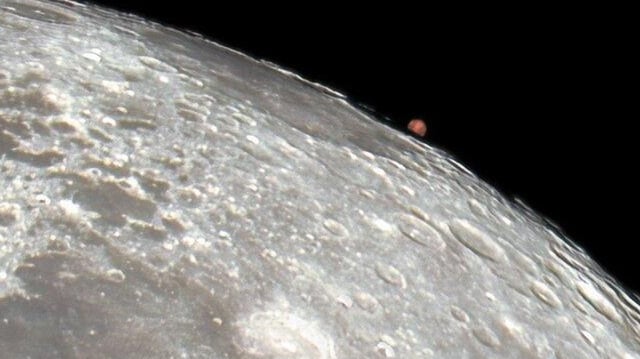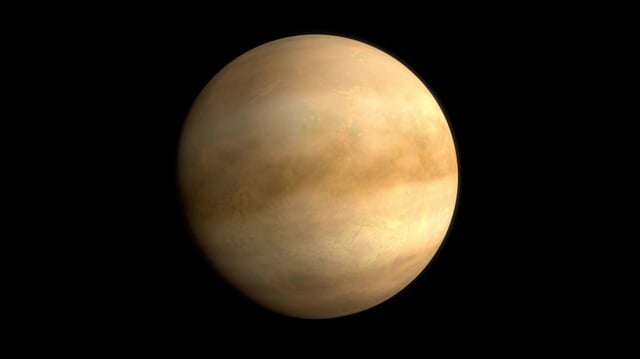Overview
- On June 10, observers in Australia and New Zealand can witness a nearly full Moon occulting the 1st-magnitude star Antares in the early hours.
- The full Strawberry Moon will reach peak illumination at 3:44 a.m. EDT on June 11, marking the traditional name tied to summer’s first ripening berries.
- Between June 16 and 18, Mars will pass less than a degree north of Regulus, creating a striking juxtaposition of the Red Planet and Leo’s brightest star.
- Mercury reaches maximum eastern elongation in mid-June, becoming visible low in the west-northwest twilight around 9 p.m., with Venus shining brightly in the eastern sky before sunrise.
- The summer solstice on June 20 delivers the Northern Hemisphere’s longest day, followed by International Asteroid Day on June 30 commemorating the 1908 Tunguska Event.



